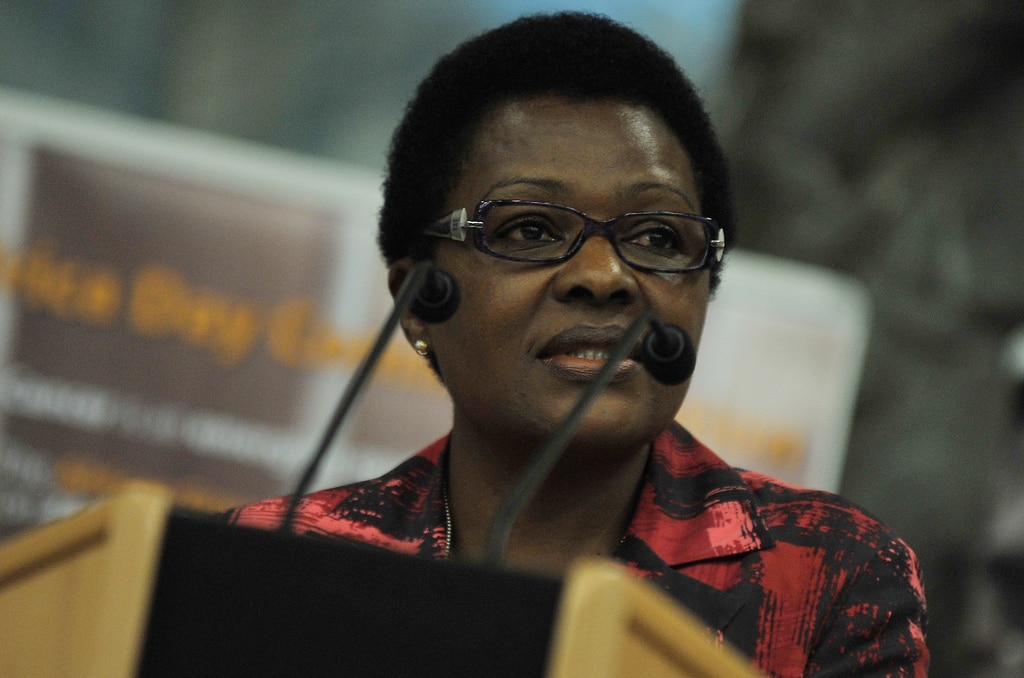The Communal Areas Management Programme for Indigenous Resources (CAMPFIRE) has been urged to review its working model to meet modern trends that improve performance.
Amabasador Grace Mutandiro, the Permanent secretary in the Ministry of Environment, Water and Climate said the CAMPFIRE framework needed to be updated in line with the new thinking and approaches after having been in operation for more than 25 years.
“It is not a secret that CAMPFIRE has not been working well due to many changes that have taken place both locally and globally,” she said.
“Its framework needs to be updated in line with new thinking and approaches after being operational for more than 25 years. There is an opportunity to address the various challenges that have been stalling progress over the year,” Mutandiro said
Mutandiro also said the review process was going to help inform government to develop restructuring plans in line with best practices.
Andrea Janoha, the European Union Natural Resource Manager said the government of Zimbabwe asked them to perform this review because the model was not working as expected.
“We were asked by the government of Zimbabwe to perform this review because apparently the model wasn’t working as was expected, “Janoha said
“Some communities were not enjoying the benefits they were expecting from the model because they implemented programmes according to the theory that’s lagging behind. After the review, I believe the government will take action based on the recommendations that will come out from the review and the workshops.
“The ultimate goal is to improve the livelihoods of the communities on the ground because CAMPFIRE Model was actually designed to allow communities to benefit directly from the resources that they had in communal lands,” he said.
CAMPFIRE is a community based natural resource project which addresses the allocation of its ownership to indigenous people in and around conservation protected areas.
The review was to make sure that the livelihoods of the people around the communities are improved. The projects included aim to improve food security and livelihoods.
The hope is to improve the model so that the communities on the ground will have better livelihoods and better positions to enjoy resources they have on their communal lands.






